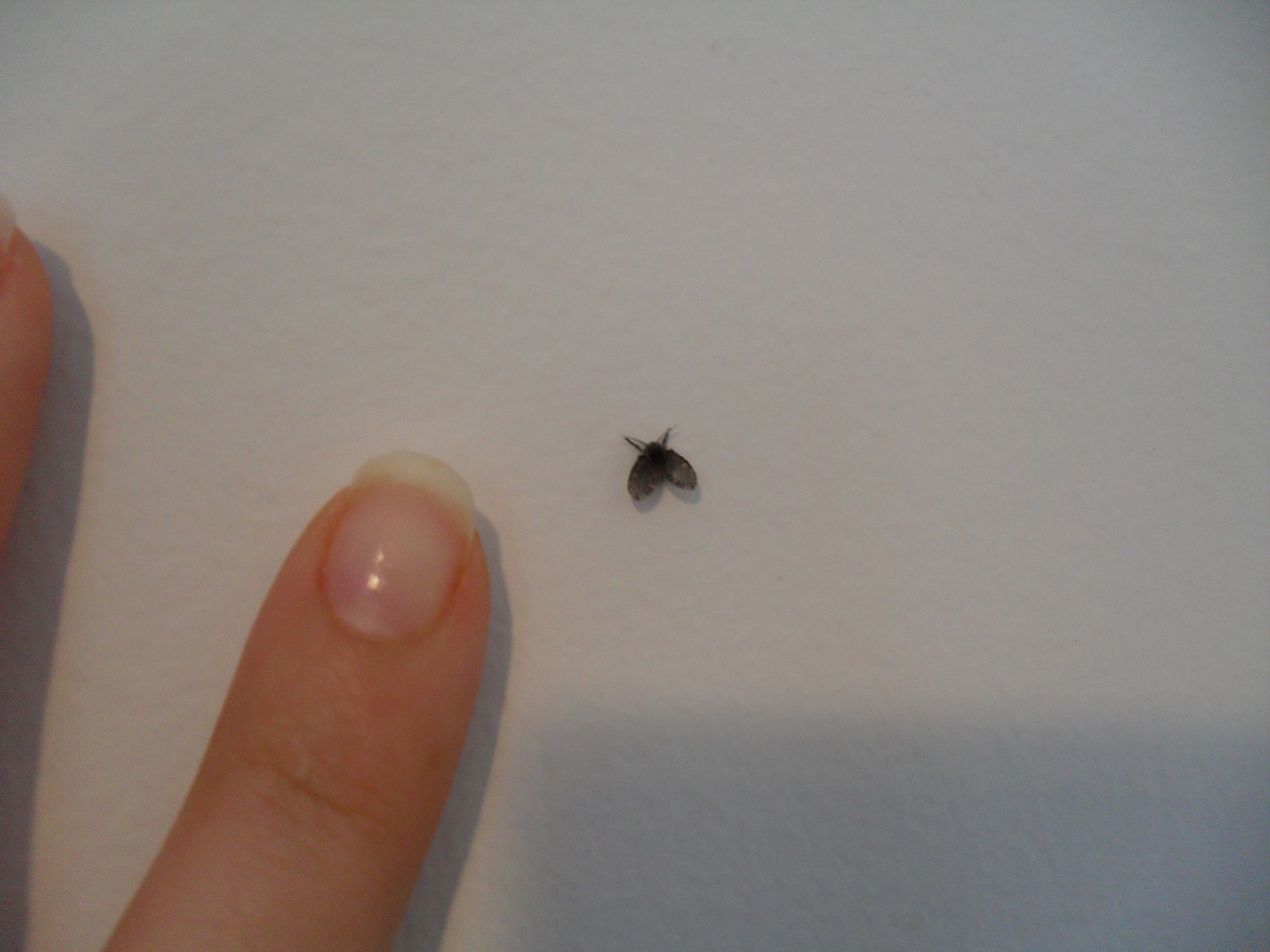Identifying Small Grey Bugs in the Bathroom

Small grey bugs in your bathroom can be a nuisance and a source of worry. Identifying the specific type of bug is crucial to determine the source of the infestation and implement effective control measures.
Common Bathroom Pests and Their Characteristics
The following table provides a comparison of the characteristics of common bathroom pests, allowing you to identify the specific bug you are dealing with:
| Bug Type | Size | Shape | Color | Wings | Antennae | Distinguishing Features |
|---|---|---|---|---|---|---|
| Silverfish | 1/2 to 3/4 inch | Teardrop-shaped | Silver-grey | None | Long and thin | Fast-moving, flattened body, scales that give a silvery appearance |
| Booklice | 1/16 to 1/8 inch | Oval-shaped | Pale grey or white | None | Short and thread-like | Tiny, wingless, and often found in clusters |
| Drain Flies | 1/8 to 1/4 inch | Moth-like | Grey or black | Two pairs of wings | Short and feathery | Often found near drains and sinks, wings are held roof-like over the body |
| Springtails | 1/16 to 1/8 inch | Oval-shaped | Grey, white, or brown | None | Short and bristle-like | Can jump using a spring-like structure on their abdomen |
Silverfish
Silverfish are common household pests that prefer warm, humid environments. They are often found in bathrooms, kitchens, and basements.
Silverfish Life Cycle and Feeding Habits
Silverfish are nocturnal insects that feed on starchy materials, such as paper, glue, and book bindings. They can also consume fabrics, hair, and dead insects.
- Silverfish lay small, white eggs in cracks and crevices.
- The eggs hatch into nymphs that resemble smaller versions of the adults.
- Nymphs molt several times before reaching adulthood.
- Adult silverfish can live for several years.
Booklice
Booklice are tiny insects that are often mistaken for dust mites. They are commonly found in bathrooms, kitchens, and libraries.
Booklice Life Cycle and Feeding Habits
Booklice feed on mold, mildew, and decaying organic matter. They prefer damp, humid environments and are often found in areas with high moisture levels.
- Booklice lay small, white eggs that hatch into nymphs.
- The nymphs molt several times before reaching adulthood.
- Adult booklice can live for several weeks.
Drain Flies
Drain flies are small, moth-like insects that are commonly found in bathrooms and kitchens. They are attracted to moisture and often breed in drains and sewers.
Drain Flies Life Cycle and Feeding Habits
Drain flies feed on decaying organic matter and are often found in areas with high moisture levels. They are attracted to the slime and bacteria that accumulate in drains and sewers.
- Drain flies lay eggs in the slime that accumulates in drains.
- The eggs hatch into larvae that feed on the slime and bacteria.
- The larvae pupate and emerge as adults.
- Adult drain flies can live for several weeks.
Springtails, Small grey bugs in bathroom
Springtails are small, jumping insects that are often found in bathrooms, kitchens, and basements. They are attracted to moisture and are often found in areas with high humidity levels.
Springtails Life Cycle and Feeding Habits
Springtails feed on decaying organic matter, such as mold, mildew, and algae. They are often found in areas with high moisture levels and are commonly found in damp basements and bathrooms.
- Springtails lay eggs in damp soil or decaying organic matter.
- The eggs hatch into nymphs that resemble smaller versions of the adults.
- The nymphs molt several times before reaching adulthood.
- Adult springtails can live for several months.
Effective Methods for Eliminating Bathroom Bugs: Small Grey Bugs In Bathroom

Eliminating bathroom bugs requires a multifaceted approach that considers the specific type of bug, the severity of the infestation, and your personal preferences. While some infestations may be resolved with simple DIY solutions, others may necessitate professional intervention. This section explores various methods for effectively controlling bathroom bugs, encompassing natural remedies, chemical pesticides, and professional pest control services.
Importance of Identifying the Bug Species
Identifying the specific bug species is crucial before implementing any control method. This is because different bug species have different vulnerabilities and require specific treatments. For instance, a spray effective against silverfish might be ineffective against earwigs. Identifying the bug species allows you to choose the most effective and targeted approach, maximizing your chances of successful eradication.
Small grey bugs in bathroom – Those pesky little grey bugs in the bathroom can be a real nuisance, especially if you’re trying to keep things clean. While you’re tackling those critters, you might want to consider using shaving cream to clean your bathroom floors.
It’s a surprisingly effective and affordable cleaning solution. Once you’ve dealt with the bugs and cleaned your floors, you’ll be well on your way to a sparkling bathroom.
Those tiny grey bugs in your bathroom might be a sign of a moisture problem, and if you’re dealing with a small bathroom, space is at a premium. A good way to maximize space and create a more streamlined look is to consider a round shower for your bathroom, which can help to eliminate those pesky nooks and crannies where moisture can accumulate, potentially reducing the chances of those little critters making a home in your bathroom.